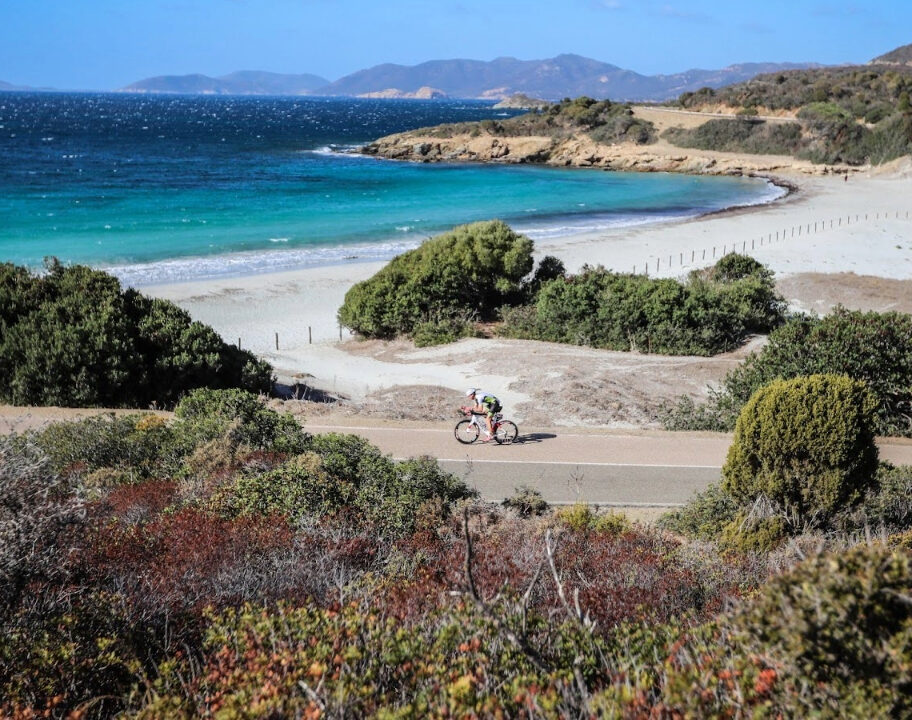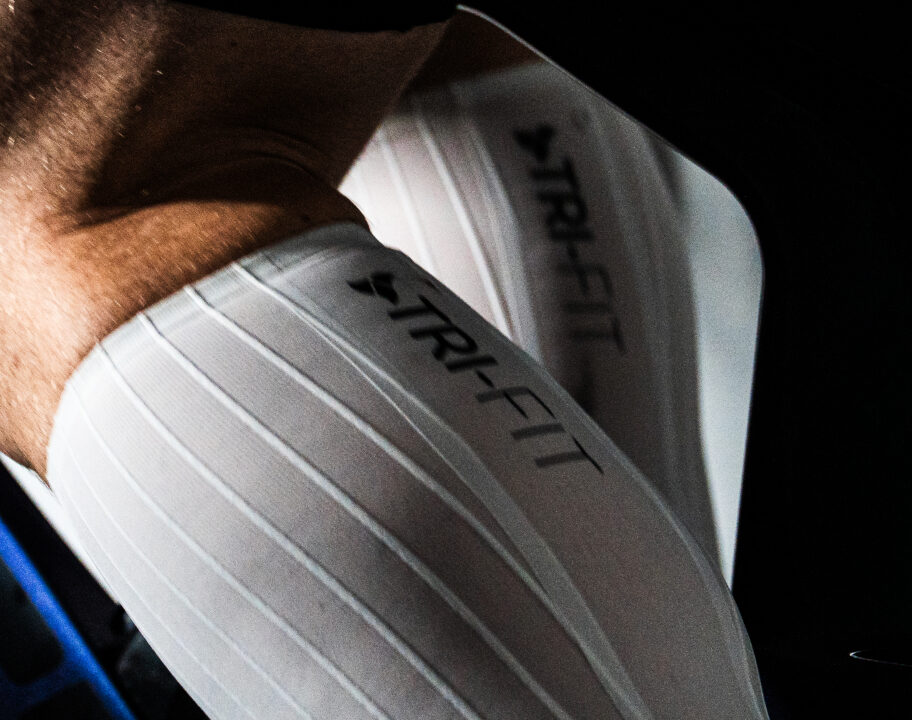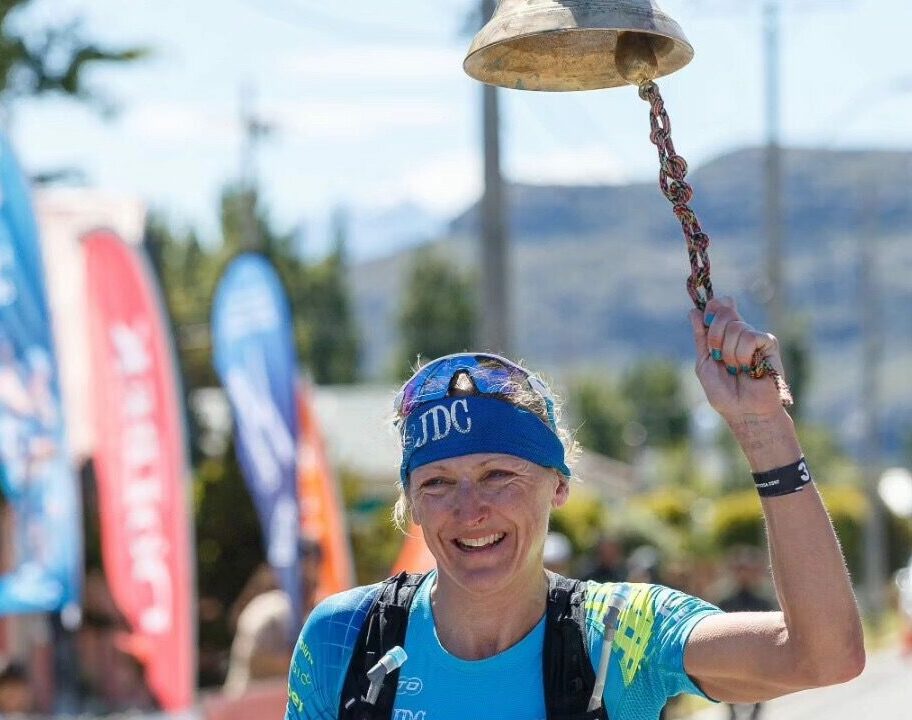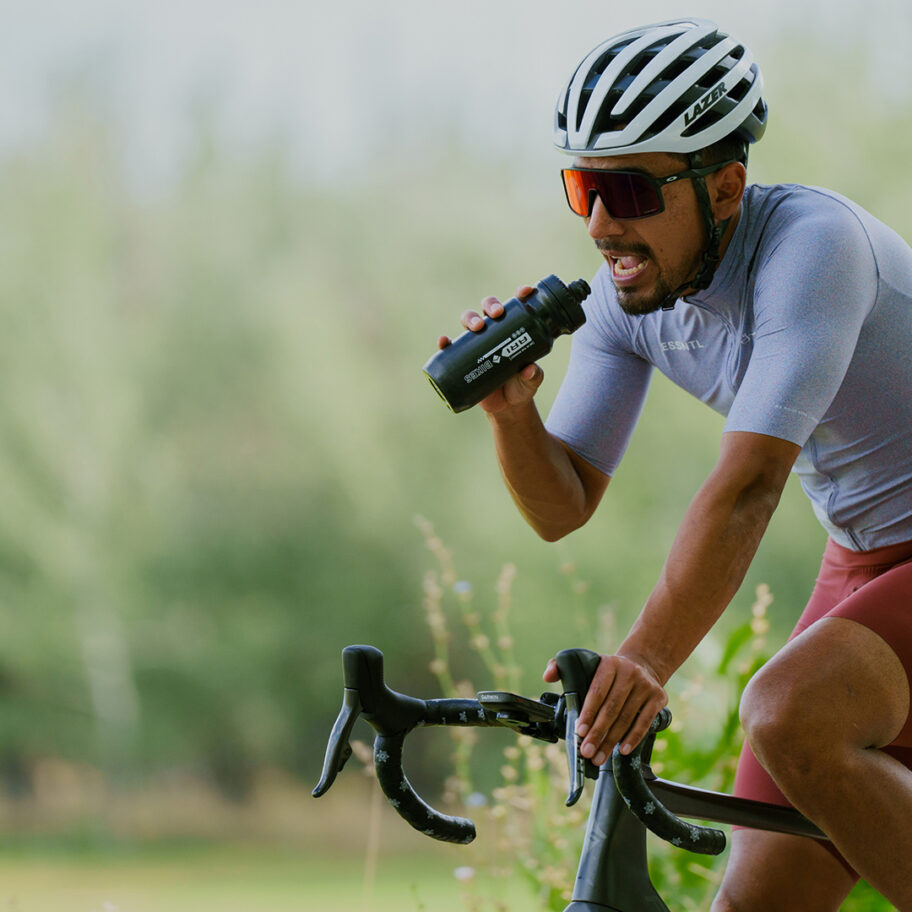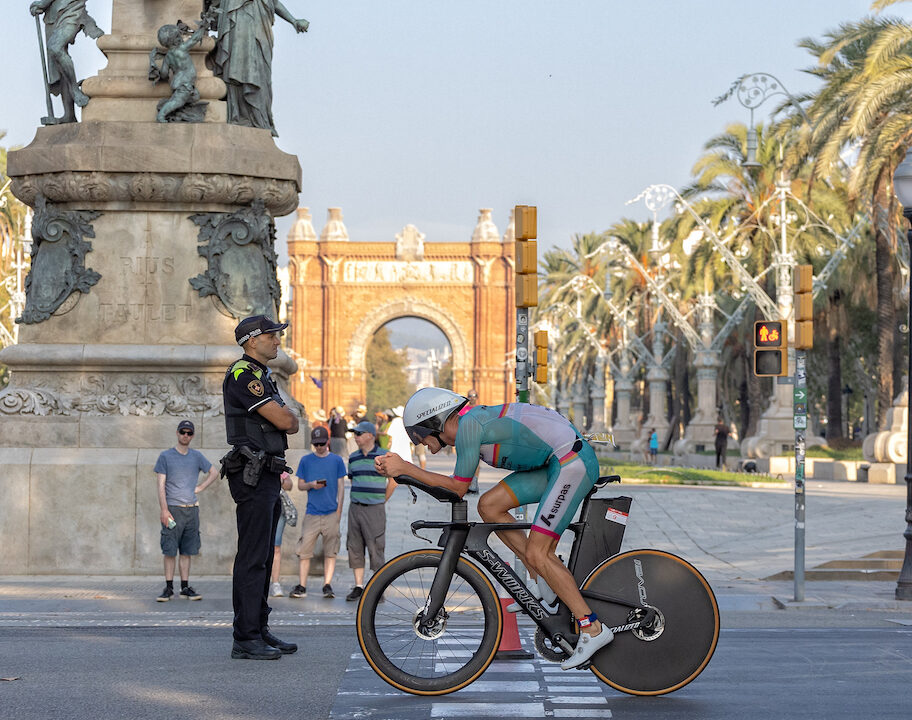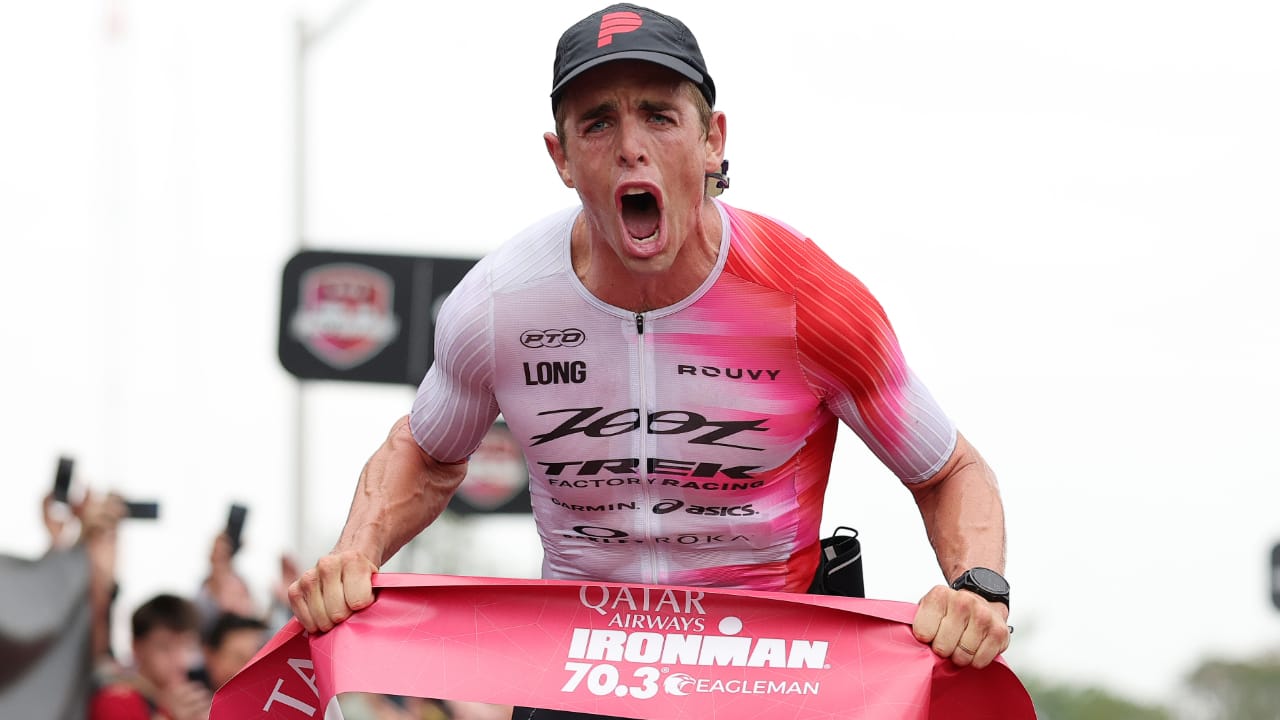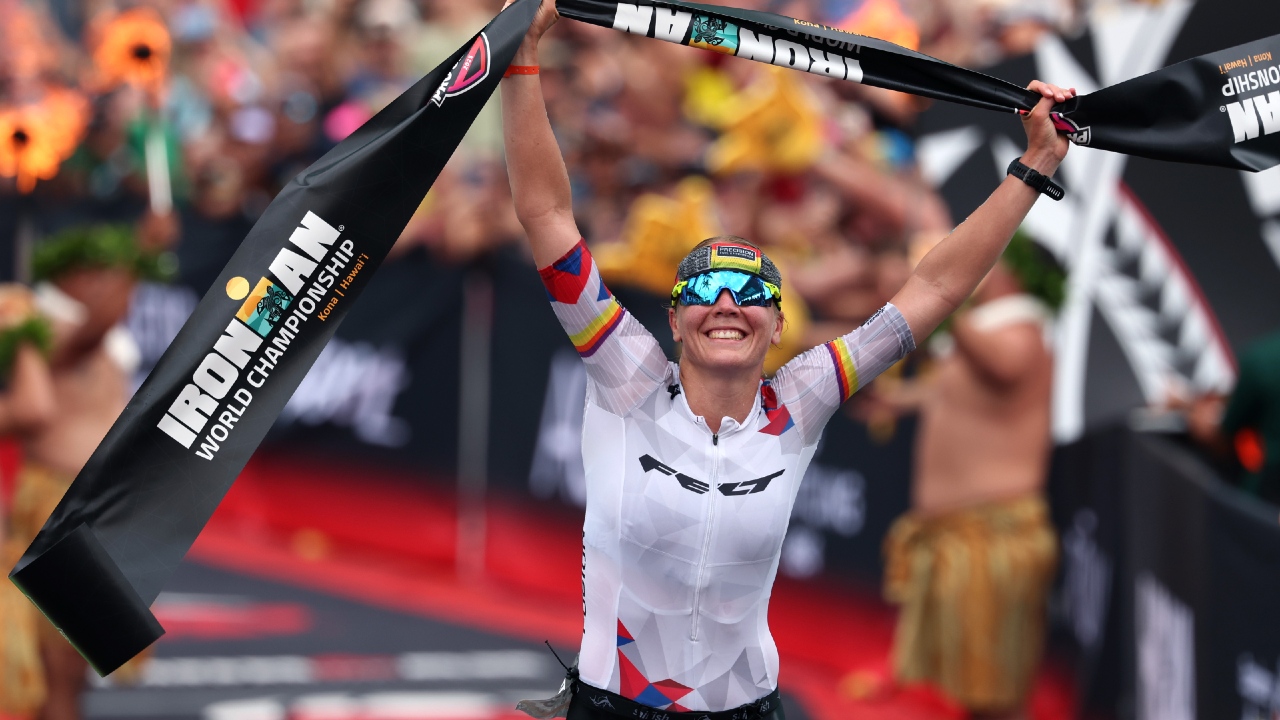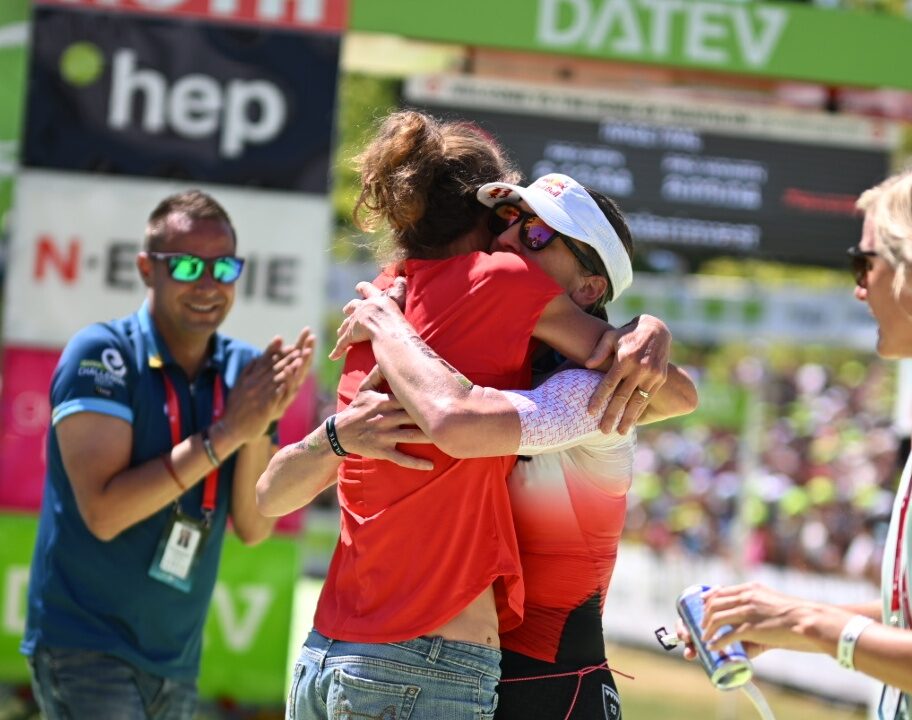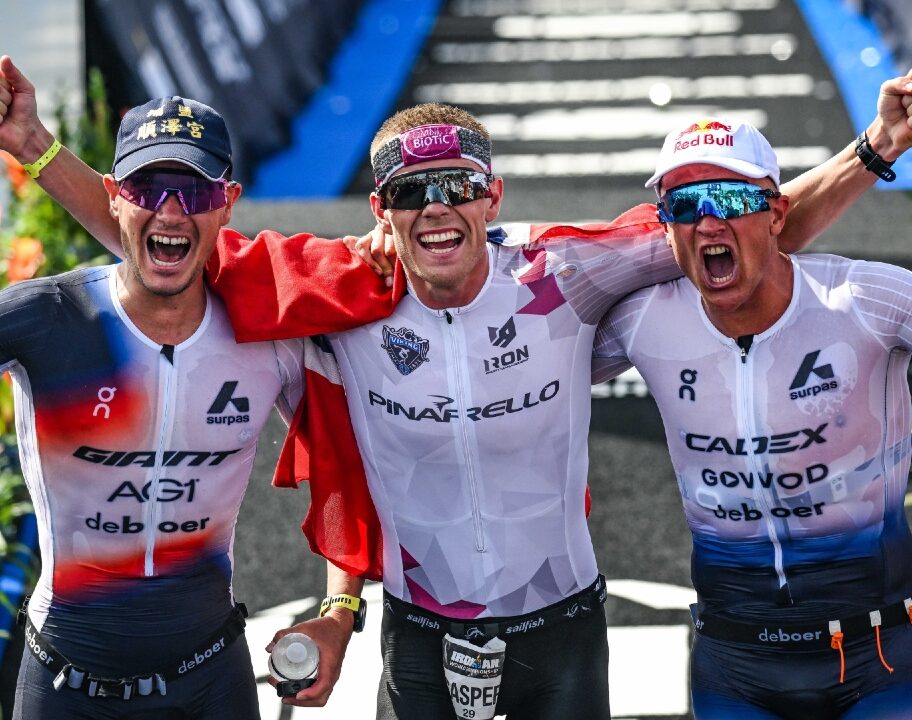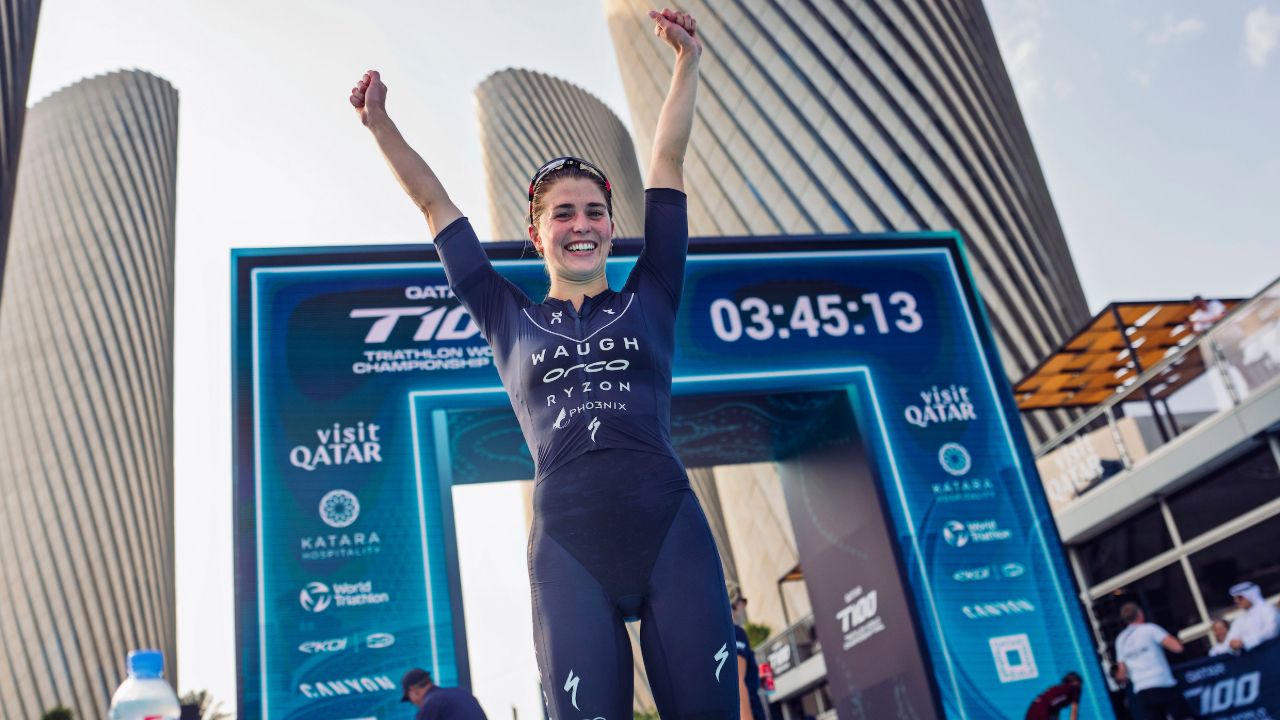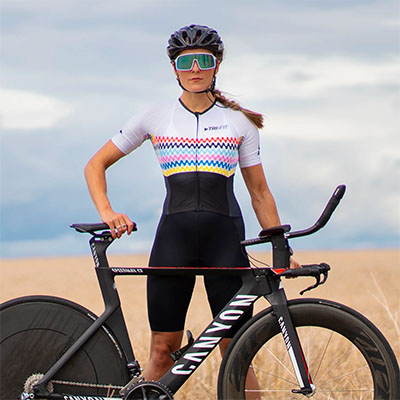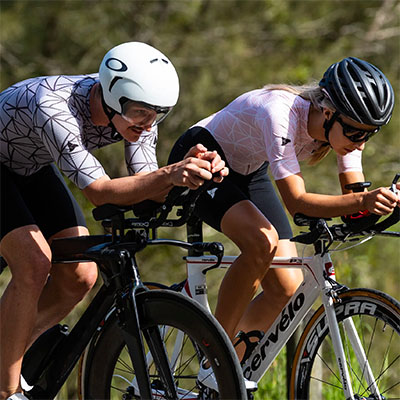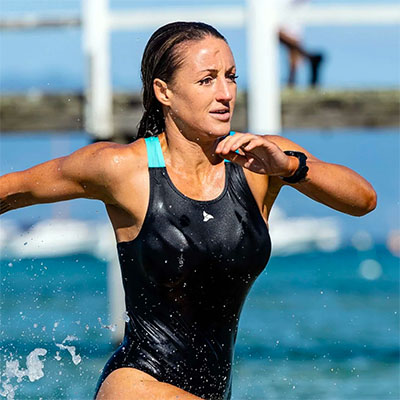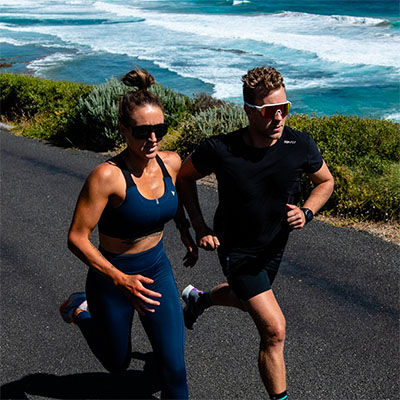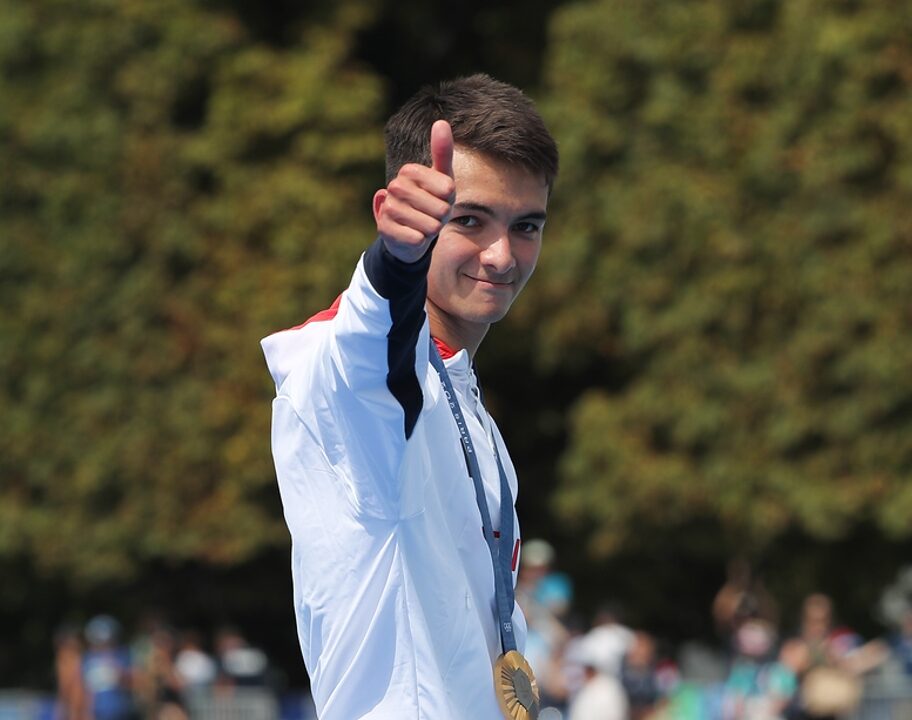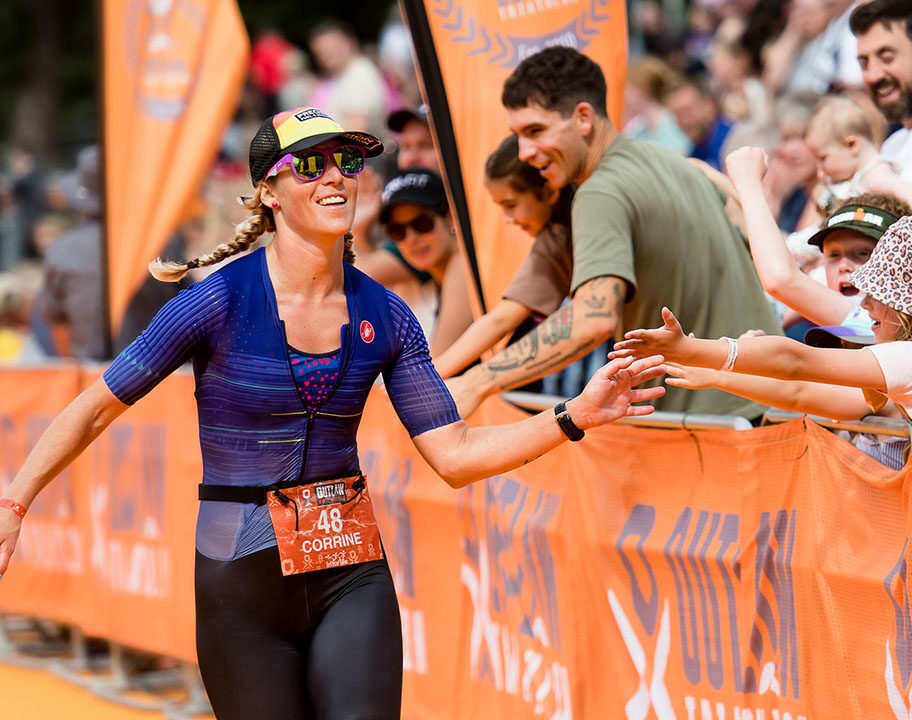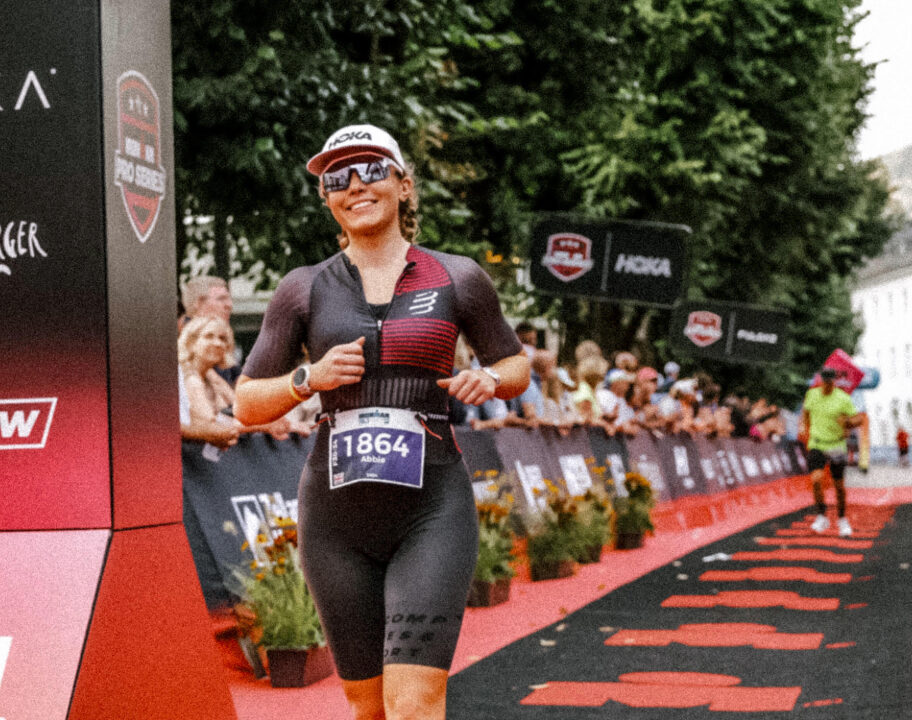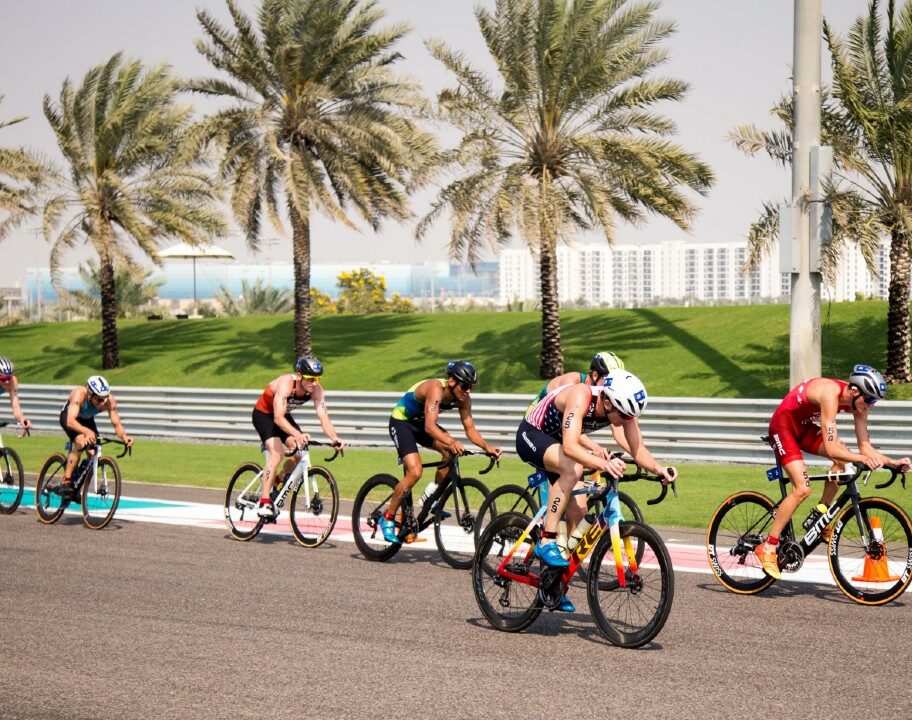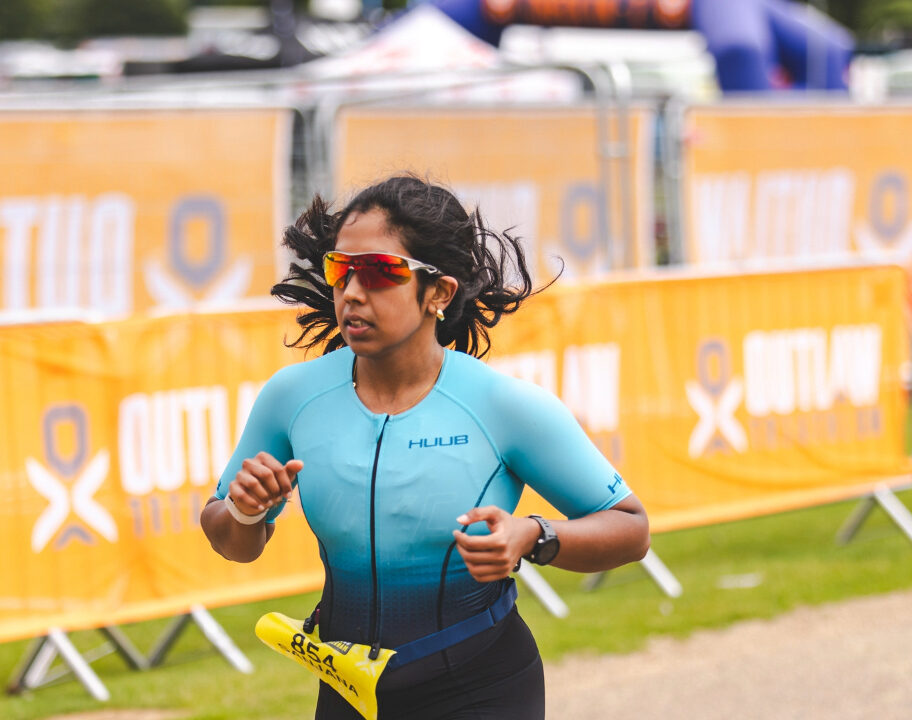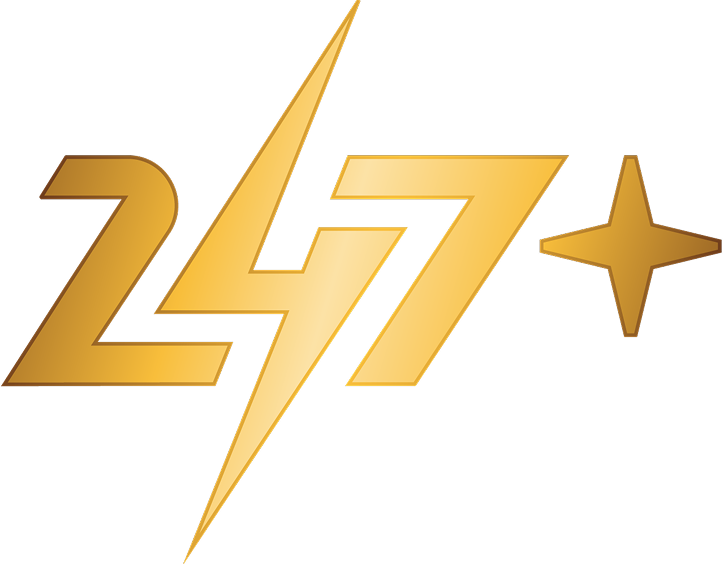How to stay hydrated during a middle distance triathlon
Andy Blow has a few top-10 Ironman and 70.3 finishes and an XTERRA World Age-Group title to his name. He has a degree in Sport and Exercise Science and was once the Team Sports Scientist for Benetton and Renault F1 teams, working with Jenson Button.
He founded Precision Hydration to help athletes solve their hydration issues and has personalised the hydration strategies of a long list of elite triathletes, including Tim Don, Stu Hayes, Joe Skipper, Michelle Dillon, and Team Freespeed’s roster.
Over the summer he’s been writing a series of articles on hydration for us, including advice on how to stay hydrated during short course races.
This edition covers the ins and outs of hydrating for middle distance racing – just in time for the Ironman 70.3 World Champs in scorching hot Chattanooga, Tennessee…
In my previous article I mentioned that, whilst of course hydration matters to a certain extent in short course racing, it’s unlikely to be the determining factor for your performance. Fundamentally, as long as you start a short race properly hydrated (and drink something during if you feel thirsty), you’re unlikely to fall foul of common hydration pitfalls like dehydration or hyponatremia during a Sprint of Olympic event.
But, during middle and long distance racing the potential for a significant hydration fail increases dramatically, so it’s well worth thinking strategically about what fluid and electrolytes you might need to take in to minimise the chances of the wheels coming off…
What to do before a race
Drinking a strong electrolyte drink to optimise your hydration status before a race can significantly improve your performance.
We call this “preloading” and it’s all about getting you to the start line ready to perform at your best. This is especially important before middle distance triathlons because starting fully hydrated gives you a bigger reserve of fluids and electrolytes to draw upon once the race begins.
If you’re consuming your sodium through food, aim for about 1000-1500mg of sodium per litre of water you drink alongside it. Remember that table salt is only 39% sodium (61% is chloride), so 1g of salt only gives you ~390mg of sodium.
An easier way to get more sodium in before a race is through an electrolyte supplement, but just make sure it’s strong enough to make a difference. Typical electrolyte tablets only contain about 200-550mg sodium per litre, which is only about half the amount the average triathlete loses in their sweat.
- Drink a stronger electrolyte drink (like PH 1500) with 500ml/16oz of water the evening before the race.
- Drink another strong electrolyte drink (like PH 1500) with 500ml/16oz of water a few hours before the swim start.
- Finish your drink at least 45 minutes before you start to give your body time to fully absorb what it needs and pee out any excess.
- Drink this with water you’d have drank anyway to ensure you don’t overdo it.
- DON’T just drink lots of water in the build-up to a race. You can end up diluting your body’s sodium levels before you start, increasing the risk of hyponatremia.
Why this works
Boosting your blood plasma volume before intense exercise is a proven way to enhance your performance, especially in hot conditions. Having more blood makes it easier for your cardiovascular system to meet the competing demands of cooling you down and delivering oxygen to your muscles.
You can’t preload anywhere near as effectively with weaker sports drinks as you’ll lose a large proportion of the fluid as urine. Or it’ll slosh around in your stomach without being properly absorbed.
Stronger electrolyte drinks (containing at least 1,000mg of sodium per litre), are very effective at increasing your plasma volume as they contain more sodium than a typical sports drink. That extra sodium helps to pull water into your bloodstream and keep it there. For more on the research behind this pre-race advice, read this blog.
What to do during a race
During the swim
If you’re drinking much during the first leg of a triathlon, you might need to work on your technique! If the swim’s in salt water, you might want a bottle of water by your bike so you can quickly swill your mouth out before jumping onto the saddle, but that’s all really.
On the bike
The bike section is the best time to get fluids and electrolytes on board because you can carry them easily and drinking is easier when riding than when running.
What electrolyte drink is right for you?
How much sodium you need to be taking in on the bike is determined by a few things. Firstly, everyone loses a different amount of sodium in their sweat, from as little as 200mg of sodium per litre of sweat to as much as 2,000mg/l. This is genetically determined.
Sweat rates also vary from person to person of course; and from situation to situation. When you combine differences in sodium concentration (ie how salty your sweat is) with those in sweat rates (how sweaty you are), the potential difference in the total net sodium losses experienced from one athlete to another can be significant, especially over a middle distance triathlon.
And often those losses are much higher than the standard government guidelines for sodium consumption. It’s more than possible to lose the daily 2,300mg of sodium recommended by the existing government guidelines in just one hour of exercise, if you’re sweating heavily and you’re sweating out lots of sodium. Your loses during a middle distance race really can be massive.
Because sweat/sodium losses are so individual, any generic guidelines on the replacement of sodium and fluid should always viewed with suspicion. Having said that, figuring out whether your net losses are likely to be low, moderate, or high can be a great starting point for honing in on the level of sodium and fluid replacement that’ll work best for you in different circumstances.
Precision Hydration have developed a free online Triathlon Sweat Test that can help with this process.
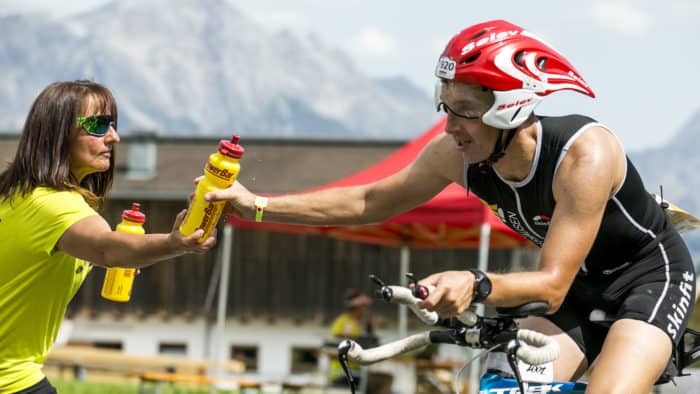
How much should you drink on the bike?
Every athlete is different, but here are some guidelines to help you hone in on what works for you…
- A middle distance race is definitely too long to go without drinking on the bike, so you’re going to need to be knocking back a reasonable amount of fluids during the ride.
- Your fluid and electrolyte intake on the bike needs to be adequate enough to set up a good run, not just to survive the ride.
- Few people can process more than about 1 litre (32 oz) per hour during the bike section, so that’s probably the upper limit of how much you’d need to carry.
- Most athletes will need to take in between 500ml and 1l per hour during a middle distance ride. The exact amount depends on the conditions, your own sweat rate and past experiences.
- If you’re not drinking enough on the bike, you’ll probably feel thirsty, or have a dry mouth. Listen to your body and drink to the dictates of thirst.
- If you’re feeling bloated, can sense fluid sloshing around in your stomach, or you need to pee often during the race, then you may be drinking too much. You might pee once or twice during a middle distance race, but much more than that could indicate you’re overdoing it.
Experimenting within these guidelines whilst learning to listen to your body is the best way to find out how much you need to drink during a race.
During the run
How much should you drink on the run?
Working out how much you’ll need to drink on the run in a middle distance tri can be tricky because it comes several hours into the event and will be heavily influenced by the race climate, your pace, how much you’ve been sweating and how much you’ve managed to consume on the bike.
Most athletes find they can take in less fluid per hour on the run than they can on the bike, which should give you an idea of the kind of volumes you might be able to tolerate.
As on the bike, the extremes you’re trying to avoid are under-drinking to the point that dehydration hampers your performance, whilst avoiding over-drinking, which can lead to hyponatremia.
Listening to your body to help guide how much fluid/electrolytes you need to take in is key here. It’s very hard to predict what state you’re going to be in when you hit T2, so being able to react to what your body is telling you is critical.
If you get really thirsty, then it’s a good idea to walk through some aid stations to ensure you get enough fluid on board. A few seconds lost doing this is better than getting very dehydrated later on and risking a DNF! Carry your own salt capsules with you to take with water picked up at aid stations is generally a good idea as you’re unlikely to be carrying fluids during the run.
Remember that dumping water or ice over your head at aid stations can also help with hydration when it’s very hot. The cooling sensation this triggers means your body has to sweat less to keep itself from boiling over.
What to do after a race
Restoring hydration levels is a big part of the recovery process after you’ve been sweating a lot.
Research shows that drinks containing sodium enable better rehydration as they allow your body to hold onto more of the fluid rather than peeing it out.
Experience has taught us that this can also help if you’ve ever had the misfortune of cramping up during the night after a race. (Whoever you’re sharing a bed with would also thank you for following this advice!).
Most athletes finish a triathlon dehydrated to some extent. Research and our experience suggests that, in many cases, there’s nothing wrong with this. It’s better to finish a little bit dehydrated rather than with hyponatremia. A loss of 1-4% body weight is pretty typical for most people in normal scenarios.
I’d suggest mixing up a 500ml/16oz bottle or two of a stronger electrolyte drink (like PH 1500) to sip in the first few hours after you finish. Just drink as much as you feel you need to.
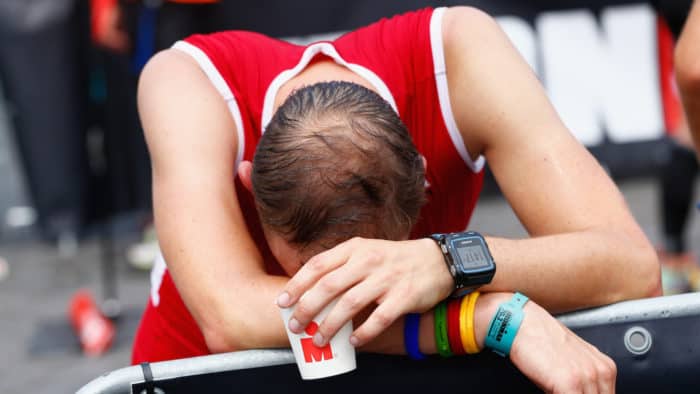
Hopefully this piece has given you a framework for starting to personalise and refine your hydration strategy. Of course, it goes without saying that any tweaks to your hydration plan should be thoroughly tested in training first to iron out any kinks.
Best of luck in your next middle distance race.
Train Hard.

